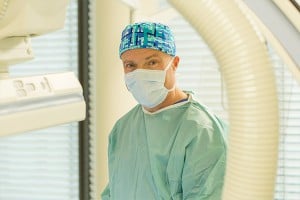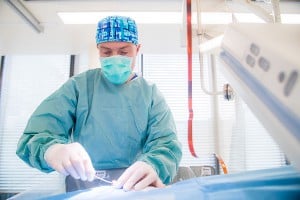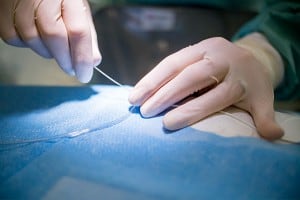Echocardiography
Echocardiography is an ultrasound examination of the heart that can also be three-dimensional. It is a painless, non-invasive depiction of the heart, its function and the structure of the ventricles.
Indication echocardiography
Echocardiography is mainly used if the presence of coronary artery disease (CAD), diseases of the heart valves or palpitations/cardiac arrhythmia are suspected.
How is echocardiography performed?
A painless, non-invasive ultrasound examination of the heart, echocardiography can be undergone while lying on a gurney or in bed. You can see everything and can directly receive explanations of the structure and function of your heart.
An echocardiographic stress test is the ultrasound examination of the heart under a physical stress condition like riding a stationary bicycle while being examined.
Advantages echocardiography
Echocardiography is painless and non-invasive. Without X-rays or a huge efforts, this ultrasound examination gives immediate insight into problematic areas of the heart.
Contraindication echocardiography
There are no contraindications (reasons to withhold this medical procedure) to echocardiography.





